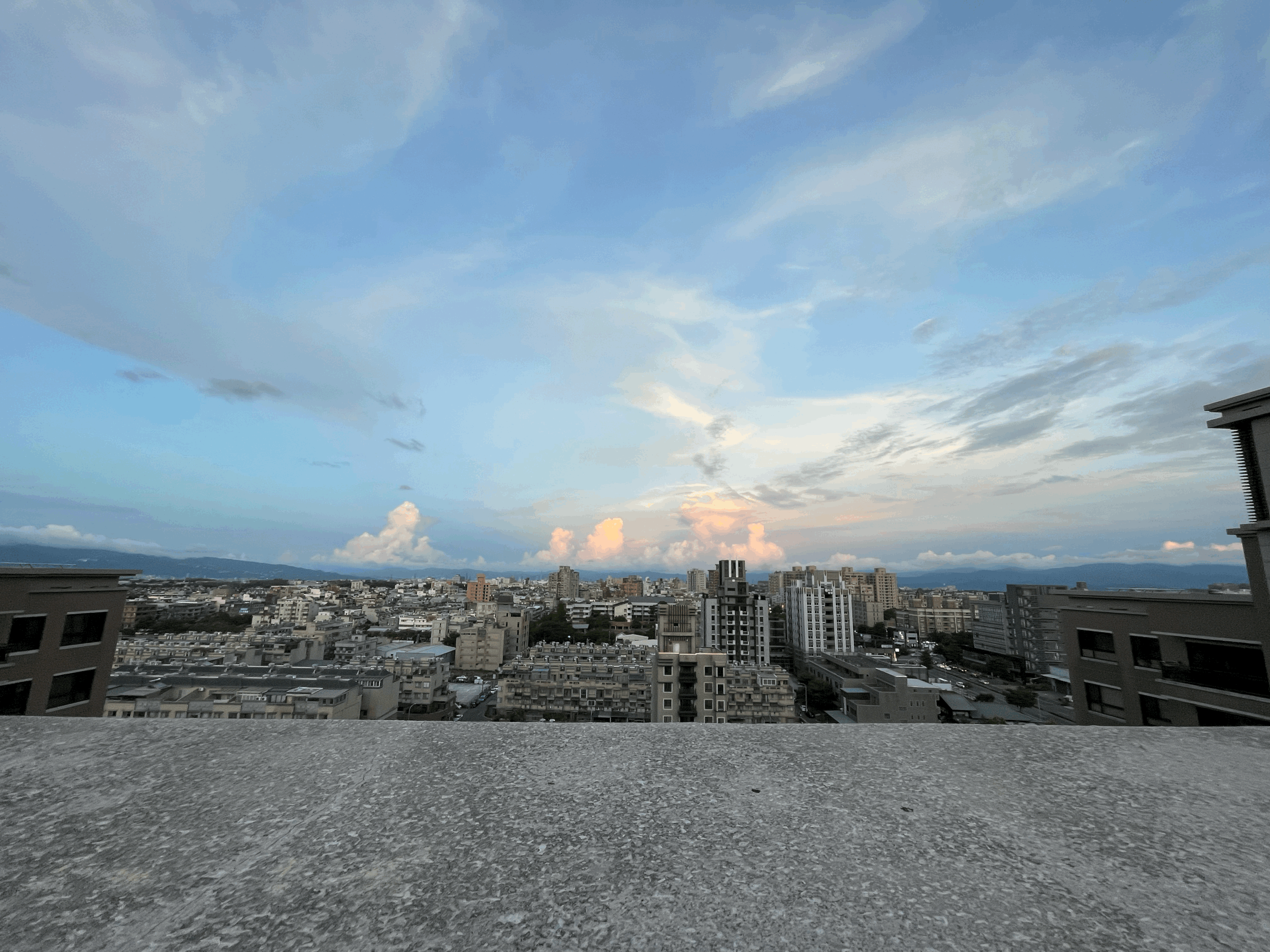
What I’m onto
Lately, I’ve been…
-
Plotting KML transit maps with Google Earth
Until fairly recently, Google Earth Pro was my go-to GIS and navigation software—but that changed after diving into ArcGIS Pro during grad school. I’ve since developed a solid command of ArcGIS, and it’s now my primary tool for mapping and analysis.
I’ve used it to create sleek transit route plots, fine-tuning curvatures and aligning station markers with precision. So far, I’ve mapped 29 cities and counting, and I’m excited to package them into more interactive formats soon.
Download the current iteration of all KMZ files packaged together here–apologies if some cities are slightly out of date.

-
Mapping Housing Affordability at GSAPP
My recent GIS work has centered on housing affordability in Los Angeles, analyzing how transit-oriented developments (TODs) impact property values and housing costs. Using ArcGIS Pro, I mapped spatial patterns of affordability and development viability near metro stations, uncovering trends that shape equitable growth.
I’m currently refining the data and visuals to highlight insights for urban planners and policymakers, making the outputs both functional and visually compelling. You can take a look at it here.

-
Writing papers about urbanism in all the overlooked corners of New York City
Nobody questioned how Staten Island, the only borough of New York without subway access, is managing its beleaguered express bus system. Nobody questioned why in Manhattan, 14th, 23rd, 34th, 42nd, 57th, and 86th streets (and beyond) are the “chosen ones” for two-way access with all the subway express stops.
I couldn’t hold in my curiosity. These papers were all supervised by my wonderful mentor Mosette Broderick, who gave me the blessing to conduct research on these (to my surprise, not deeply explored) territories, and now they’re for you to see.

-
Financing the Future of Housing
How do you make affordable housing financially viable? That’s the question I’ve been tackling this semester—blending urban planning and real-estate finance to uncover data-driven solutions for housing development. In the Washington Heights studio, I’m collaborating with local advocacy groups and stakeholders to address affordability challenges, focusing on financial planning and policy strategies that can scale.
At the same time, my Real Estate Finance coursework is giving me the tools to model development feasibility, assess investments, and analyze market trends—skills I’m sharpening to bridge the gap between planning ideals and financial realities.
